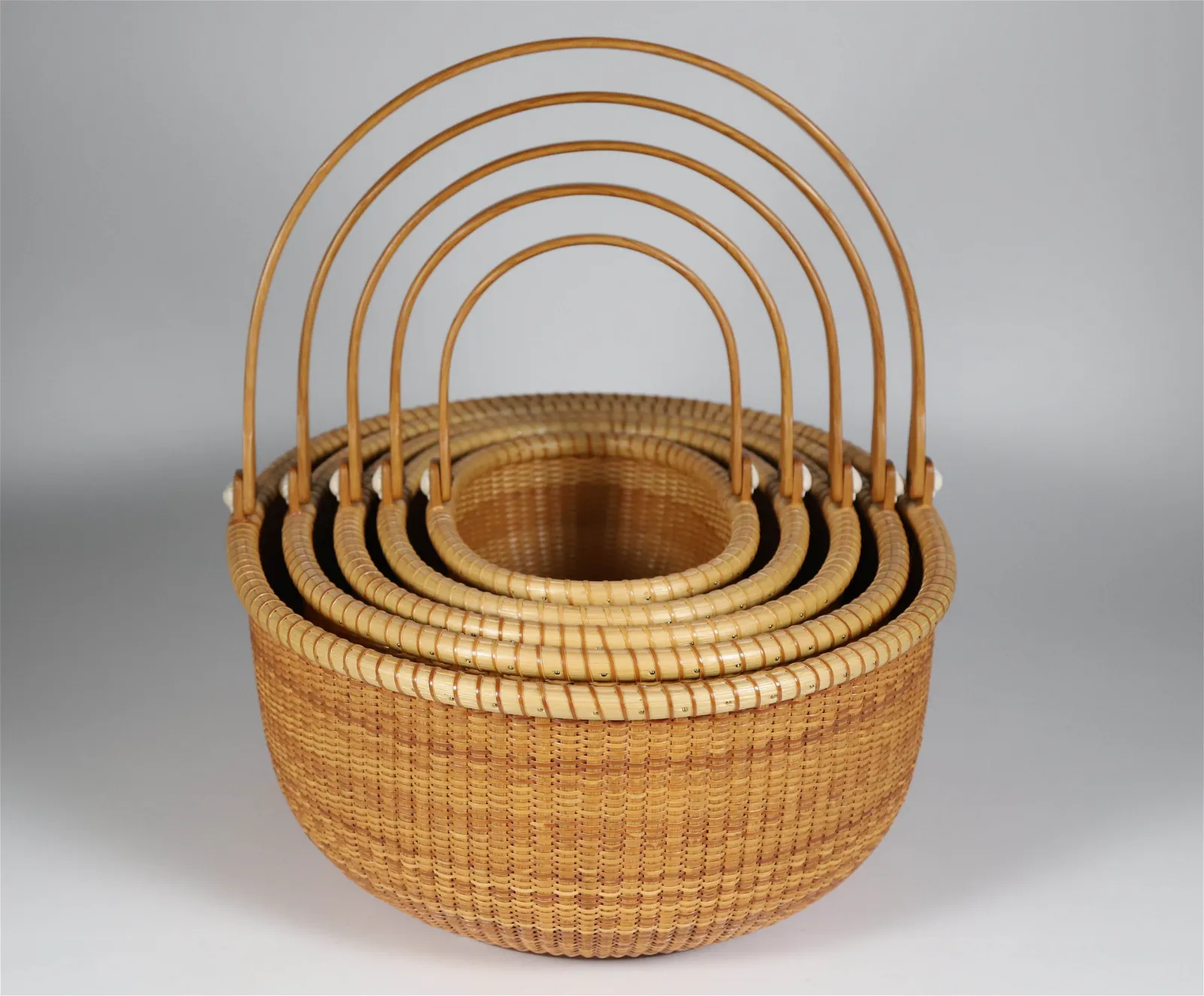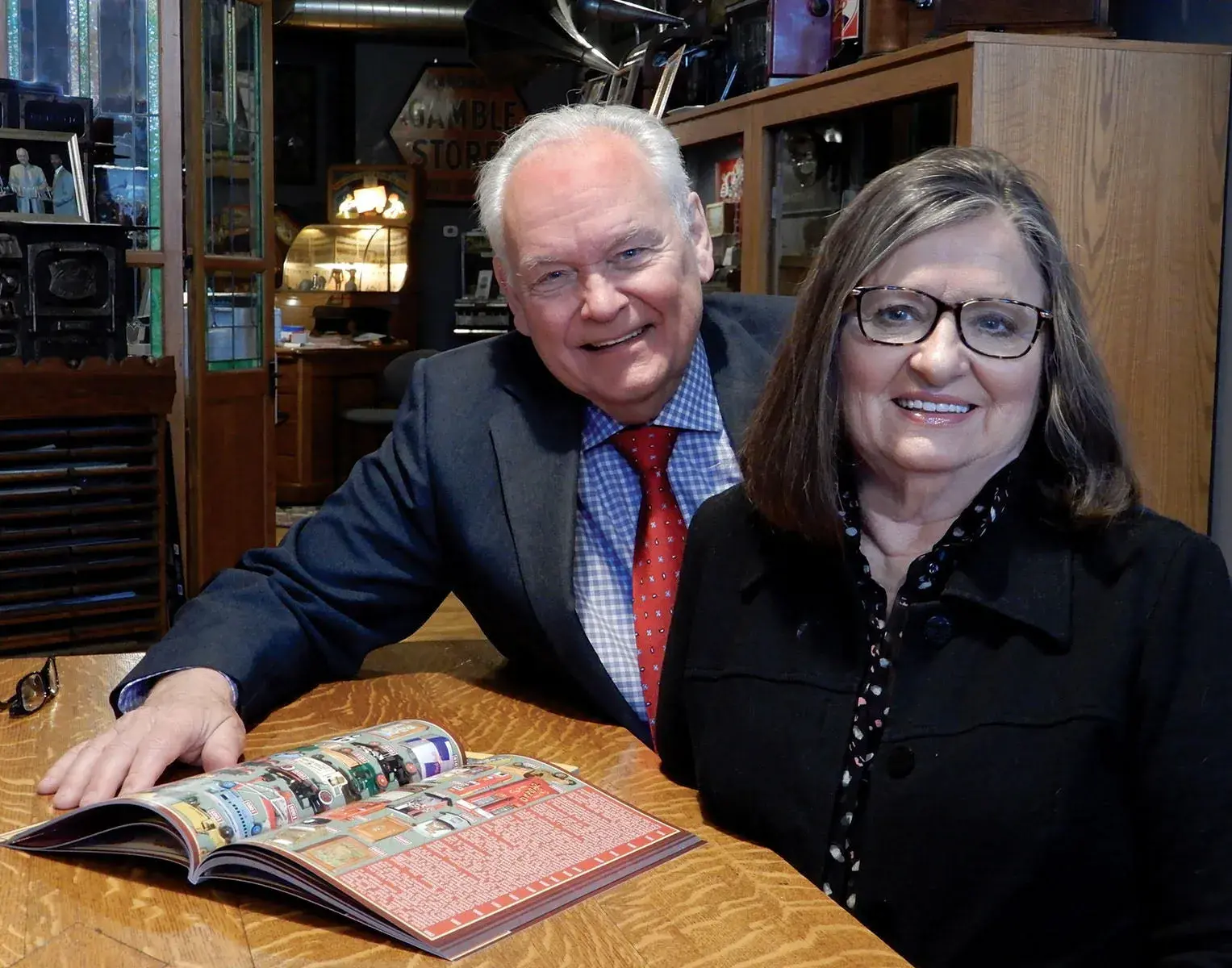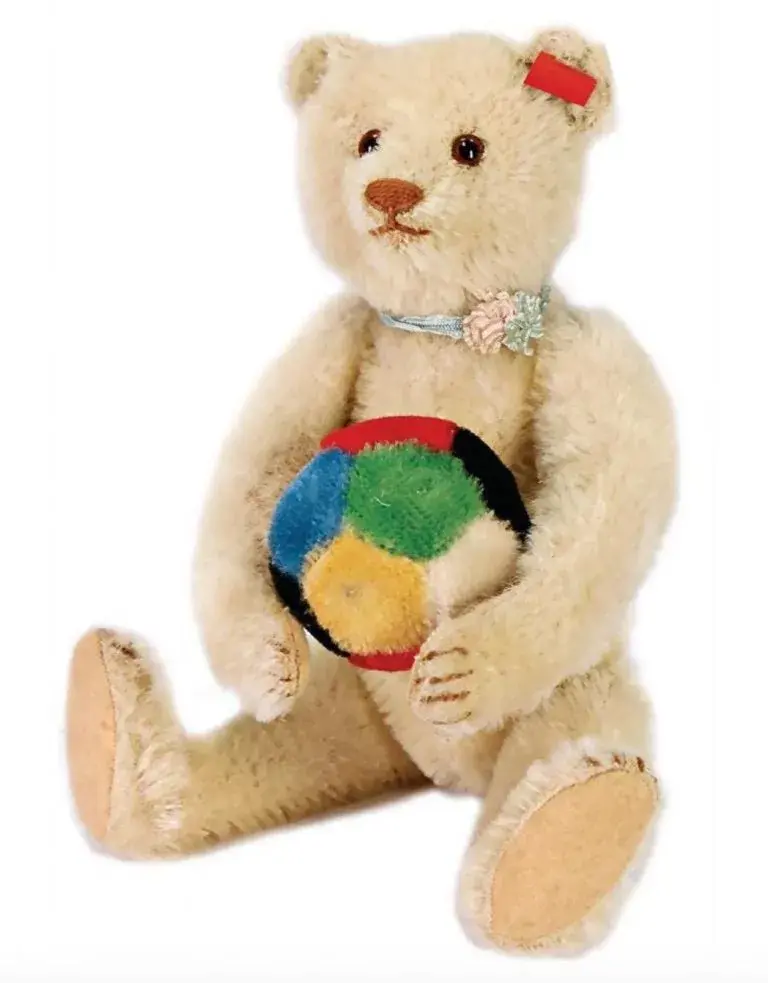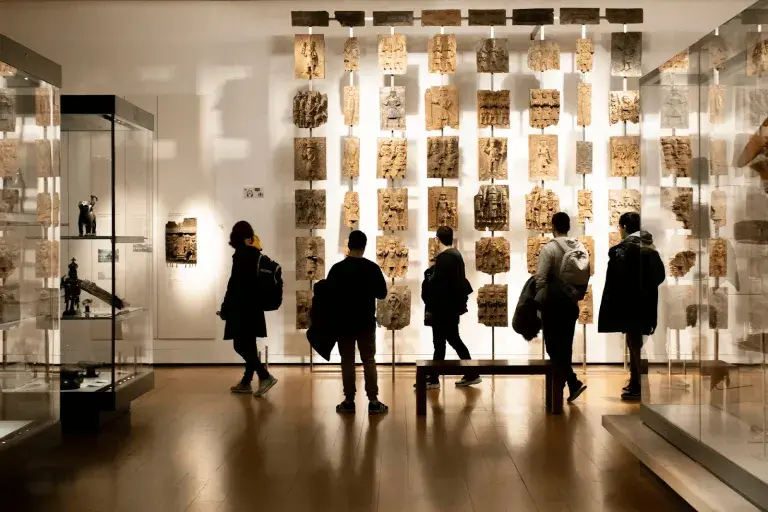Charismatic Oliver Hoare’s eclectic collection makes £1.5m at Christie’s
Timurid manuscript, estimated at £1m-£1.5m, from the late dealer’s collection, failed to sell but many other pieces go over estimate

Though occasionally controversial—and sometimes sailing close to the wind—the late dealer Oliver Hoare was remembered overwhelmingly for his extraordinary warmth and charisma at Christie’s sale of his collection on 25 October. With only 12 lots unsold out of the 123 items offered, the sale made over £1.5m (with fees).
The variety of Hoare’s collection matched his enthusiasm for all aspects of life and art. Items in the sale ranged from a 19th century Indian painting from the Fraser Album (£87,500, all prices with fees), through a rare colourway Man Ray lithograph (£93,750) and a turbine disc from a Concorde engine (£13,750), to a curious 17th century English skull pomander (£65,000) and 1,020 auction catalogues dating back to the 1960s (£9000). All sold well over estimate. Meanwhile, three lots of Hoare’s own linocuts, the highest selling for £1,125 (with fees), showed his artistic eye was not just reserved for dealing.
The top lot was a 16th century Lady and Unicorn mille-fleurs tapestry, rarely found outside museums, which sold amid bidding on eight phones to a European collector for £539,250 (with fees), double what Hoare paid for it in 2017.

However, the lot with the highest estimate of £1m-£1.5m—a 1459 copy of a Persian mystical poem—the Jam-i Jam, failed to sell. That this was a fine Timurid manuscript was largely undisputed, but a few factors conspired against it. First, though described as “previously unknown”, it was not completely fresh to the market, having been part of Hoare’s stock. Secondly, re-margining and a dull patina left the manuscript without the eye-catching beauty desired by many collectors. Thirdly, the attribution of the four illustrations to Bihzad—a world-class Persian miniature painter on which the hefty price tag rested—though soundly based, was a matter of scholarly opinion and unprovable.
But that the story told by every object is never entirely clear, was part of the irresistible lure that drew Hoare, like many, to the art world.
Though gossips noted an unusual number of women viewing (Princess Diana is rumoured to have been among those who fell for Hoare’s charm), Pat Frost, Christie’s head of sale says that almost everyone she talked to “man, woman or child”, regaled her with stories of his kindness and his easy company. With its full room and lively atmosphere, the auction of Hoare’s collection reflected not only his excellent eye, but also his unfailing joie de vivre.









